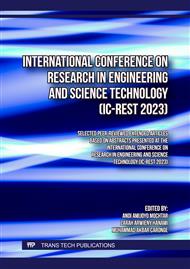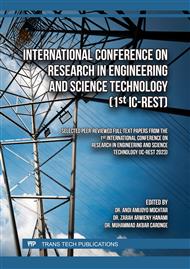p.53
p.61
p.69
p.75
p.85
p.93
p.103
p.115
p.121
Planning for Additional Power Generation Capacity in the South Sulawesi Area Based on the OSeMOSYS Model
Abstract:
The forecast for electrical energy demands in the South Sulawesi area in 2060 is 198,353 GWh, so the electricity generation capacity required under the Business As Usual scenario is 38.68 GW in that year. If this demand is connected to the scenario of limiting the construction and operation of coal-fired power plants, then the capacity required is 41.02 GW. This article provides an overview of the value of electrical energy demand and generating capacity in South Sulawesi where the method used to plan additional electricity generating capacity is based on the OSeMOSYS model. The generating capacity of the analysis results comes from various types of power plants, namely: conventional types (combine cycle power plant, gas turbine power plant, gas engine power plant, coal-fired power plant, and diesel power plant), and Renewable Energy types (hydropower plant, mini hydro power plant, biomass power plant, waste-to-energy power plant, geothermal power plant, wind turbine power plant, and photovoltaic power plant). The primary energy used by these power plants comes from the South Sulawesi area and from outside South Sulawesi. Specifically, renewable energy is the potential of the South Sulawesi region.
Info:
Periodical:
Pages:
115-120
Citation:
Online since:
March 2025
Authors:
Keywords:
Price:
Сopyright:
© 2025 Trans Tech Publications Ltd. All Rights Reserved
Share:
Citation:



